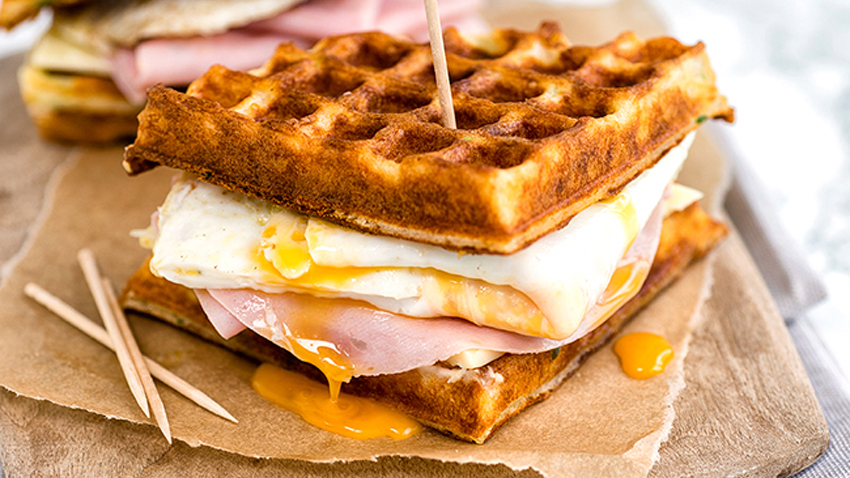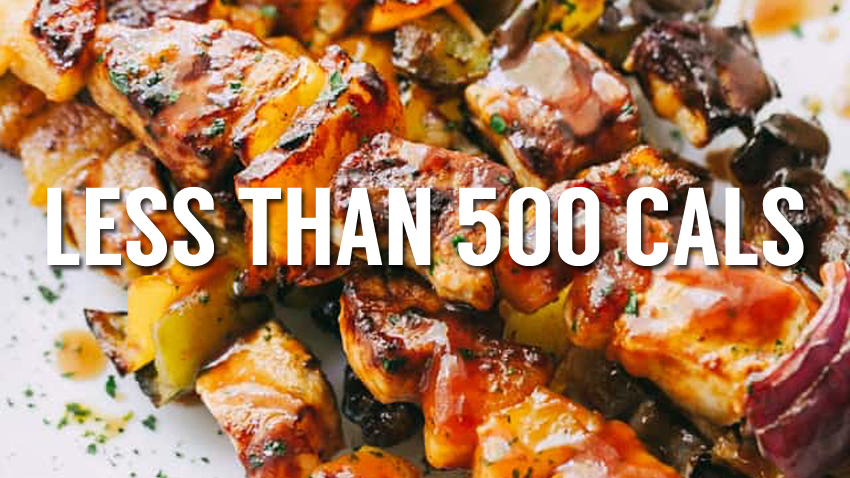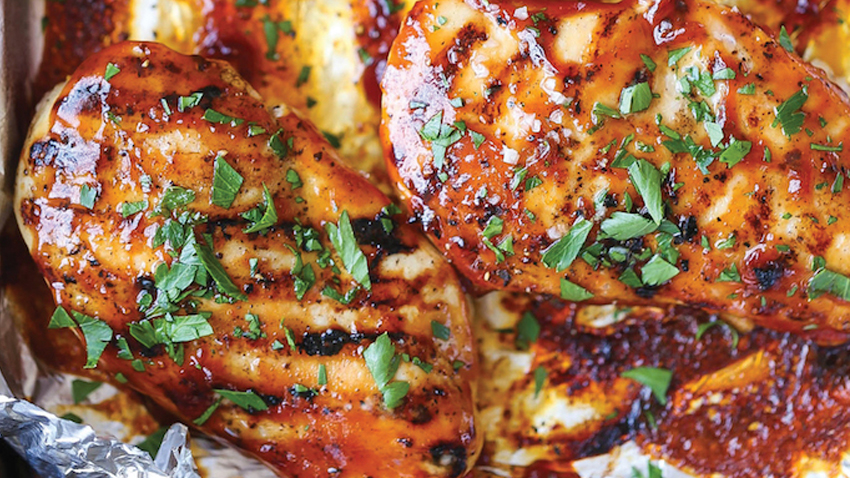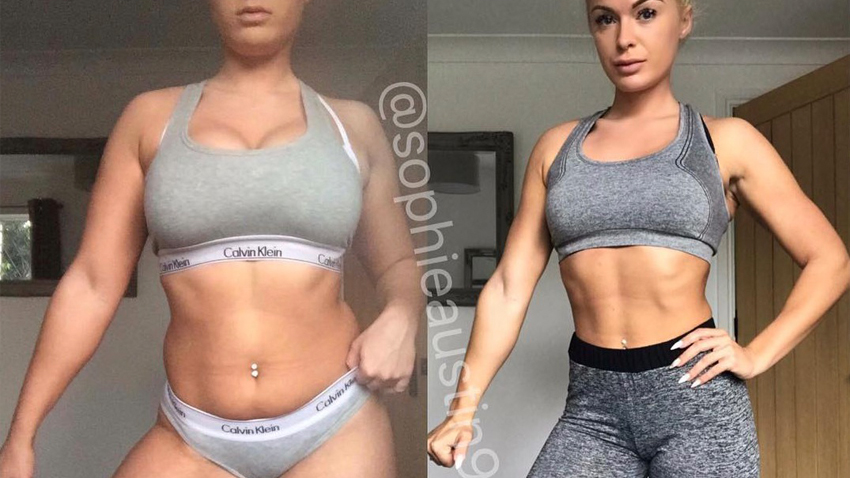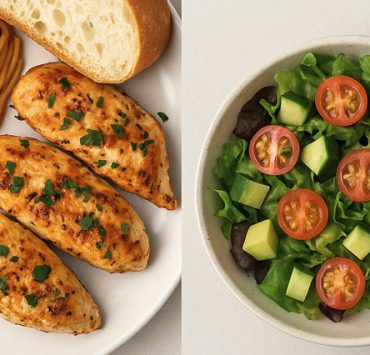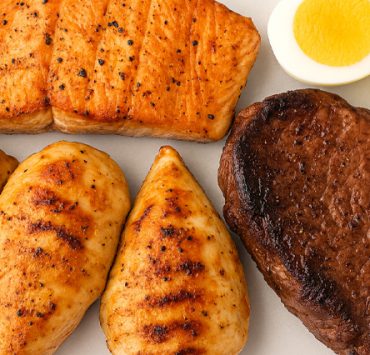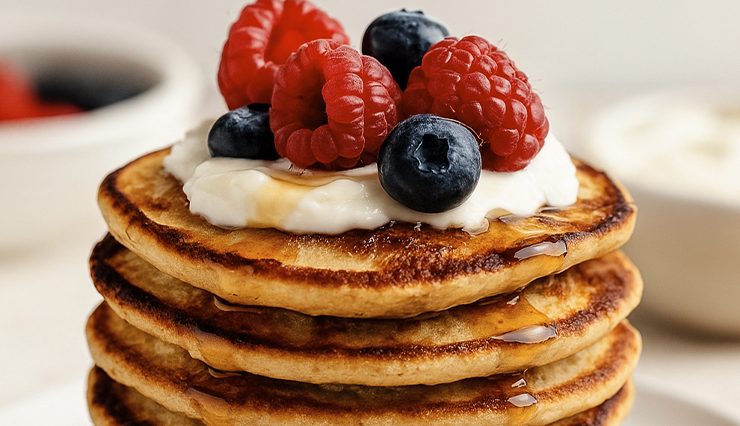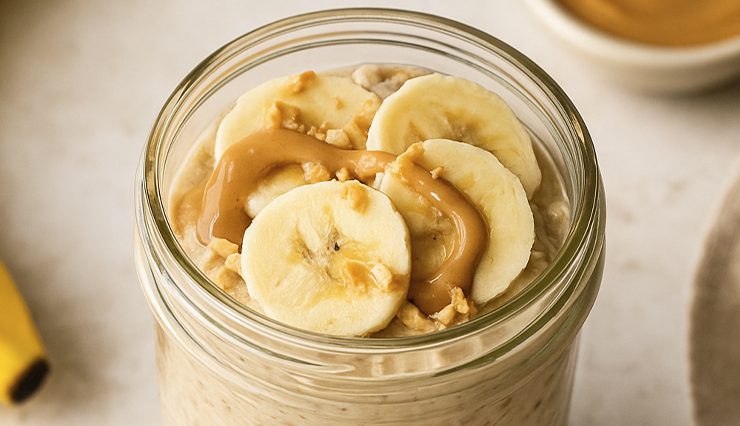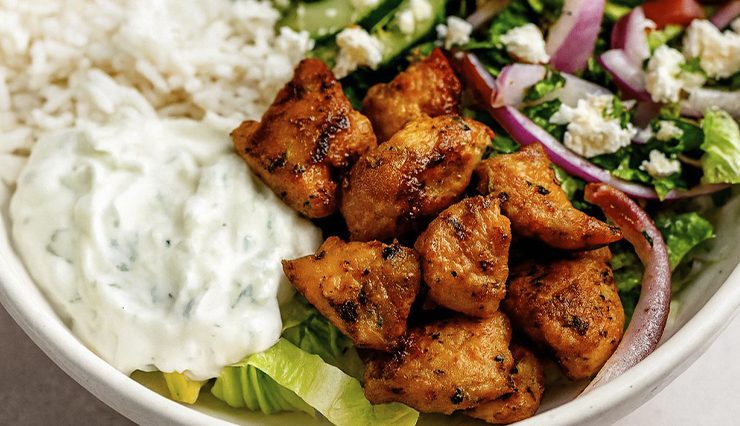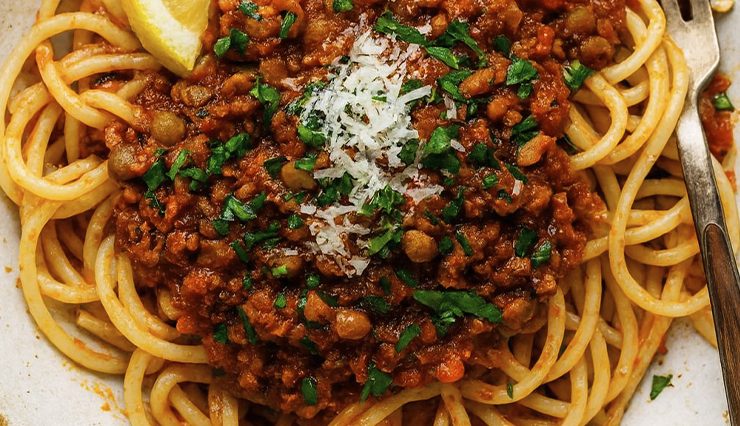Best Weight Loss Apps (Top Tracking Tools & Reviews 2025)
Trimmed&Toned Team.
Consistent tracking is one of the most reliable predictors of weight-loss success. The best weight loss apps remove friction: it makes logging fast, integrates with your watch or scale, turns data into insights, and nudges you with habits you can actually keep. Below you’ll find the best weight-loss tracking apps right now—what each excels at, where it may fall short, and the real, current pricing so you can choose confidently.
As you compare, prioritize the features that match your style: barcode scanning and photo logging for speed, verified databases for accuracy, micronutrient detail if you’re data-driven, or psychology-based coaching if you want help with habits. Remember: the best app is the one you’ll use every day.
Note: Check out some of our best weight loss meal recipes here.
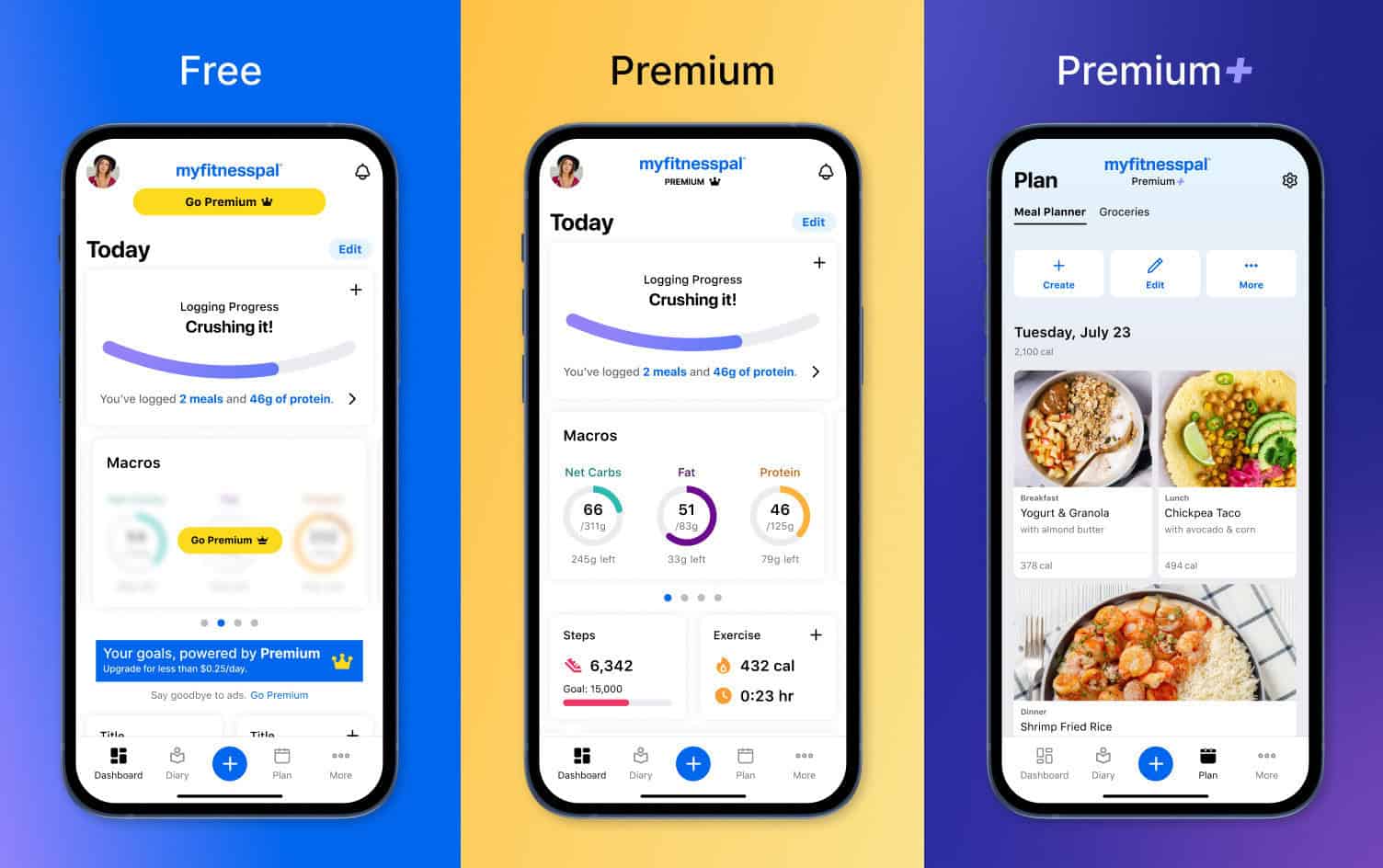
MyFitnessPal
https://www.myfitnesspal.com/premium
Massive food database, barcode scanning, recipe import, and broad device integrations (Apple Watch, Garmin, Fitbit, more). Great if you want quick logging plus macro targets and restaurant items. Premium features add deeper macro goals, food analysis, and remove ads.
- Advantages: Huge database, quick logging, recipes/importer, robust integrations.
- Drawbacks: Free tier has ads; some advanced targets/reports are paywalled.
- Pricing: Premium annual $79.99; Premium+ annual $99.99.
Lose It!
Clean, intuitive calorie counter with fast barcode scanning, photo/voice logging, and optional intermittent fasting tools. Excellent for beginners who want simplicity without losing useful features. Seasonal promos are common, but standard published tiers are straightforward.
- Advantages: Very fast logging, attractive UI, strong community features.
- Drawbacks: Meal planning and some analytics require Premium.
- Pricing: Typical Premium ~$39.99/year (offers vary).
![]()
Cronometer
The accuracy nerd’s tracker. Verified food entries and deep micronutrient detail (dozens of vitamins/minerals) with tight control over custom foods and recipes. Ideal if you work with a dietitian, have medical nutrition goals, or love granular data.
- Advantages: Best-in-class micronutrient tracking; verified database; rich charts.
- Drawbacks: Interface feels more “technical” than casual; learning curve.
- Pricing: Gold $8.99/month or $49.99/year.
Noom (Weight)
Behavior-change first: daily CBT-style lessons, color-coded food guidance, and in-app coaching layered on top of logging tools. Great if knowledge isn’t your issue and you want help sticking to habits. Cost is higher than pure trackers, but you’re paying for curriculum and support.
- Advantages: Habit/psychology focus; daily structure; long-term behavior support.
- Drawbacks: Pricier; coaching quality can feel variable to some users.
- Pricing: 12-month plan averages $17.42/month (billed upfront); monthly plan $70/month.
Fooducate
Tracks calories/macros but shines by grading foods and flagging additives, added sugars, and ingredient quality. Useful if “what to pick at the store” is your struggle, not just “how much.”
- Advantages: Ingredient transparency, better-choice suggestions, barcode scanning.
- Drawbacks: Less advanced macro/workout analytics than the biggest trackers.
- Pricing: PRO subscription available; lifetime deals often surface (e.g., ~$39.97 promo). Check current pricing in-app/site.
Simple (AI Weight-Loss Coach)
Logging plus an AI coach (“Avo”), NutriScanner photo input, and built-in intermittent fasting timers. Designed to keep friction low and consistency high with quick logs and nudges.
- Advantages: AI prompts and photo logging reduce effort; fasting tracker included.
- Drawbacks: Most powerful features are behind Premium; newer ecosystem.
- Pricing: Free tier + in-app purchases; Premium pricing varies by offer (see App Store listing for current rates).
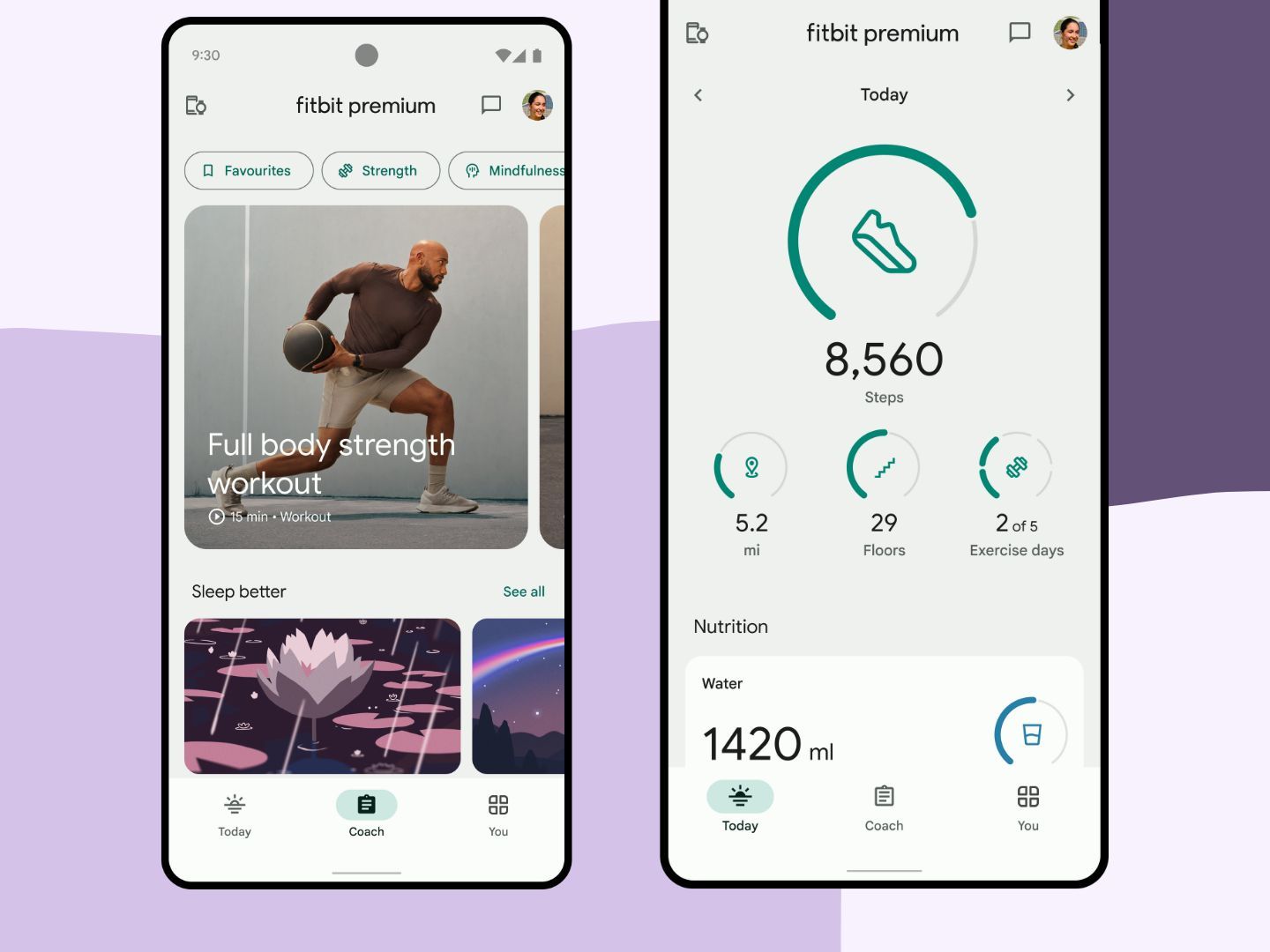
Fitbit (with Fitbit Premium)
https://store.google.com/product/fitbit_premium
If you already wear a Fitbit or Pixel Watch, the Fitbit app gives seamless activity, steps, heart-rate, and sleep tracking; add Fitbit Premium for guided programs, insights, and readiness metrics. Excellent for people who prefer passive tracking with light logging rather than manual calorie entry all day.
- Advantages: Best for “live on your wrist” tracking; guided programs; device sync is automatic.
- Drawbacks: Calorie logging is not as robust as specialist apps unless you pair services; value is highest if you’re already in the Fitbit ecosystem.
- Pricing: Premium $9.99/month or $79.99/year (UK: £7.99/£79.99). Often bundled free for 6 months with devices.
MyNetDiary
Fast logger with an excellent UI, verified foods, AI Meal Scan, smart charts, and diet plans (keto, low-carb, high-protein, etc.). Strong recipe tools and a helpful “coach” feed make it a great alternative to MyFitnessPal if you want fewer ads and clearer visuals.
- Advantages: Very intuitive; reliable database; strong planning and analytics; Apple Watch support.
- Drawbacks: Some advanced comparisons/reports sit behind Premium; occasional paywall confusion between app “Pro” vs “Premium.”
- Pricing: Premium typically $60/year or $8.99/month (frequent promos $29.99–$39.99).
Lifesum
Attractive design with calorie & macro tracking, goal-based meal plans, grocery lists, and habit streaks. If you like structured plans and recipe inspiration built in, Lifesum is a pleasant, motivational choice.
- Advantages: Beautiful UI; meal plans with shopping lists; syncs with fitness apps.
- Drawbacks: Some nutrition details are less granular than Cronometer; plan content is stronger than deep analytics.
- Pricing: Offers monthly/quarterly/annual options; regional App Store listings show examples like annual $99.99 or other localized prices. Check your store for current rates.
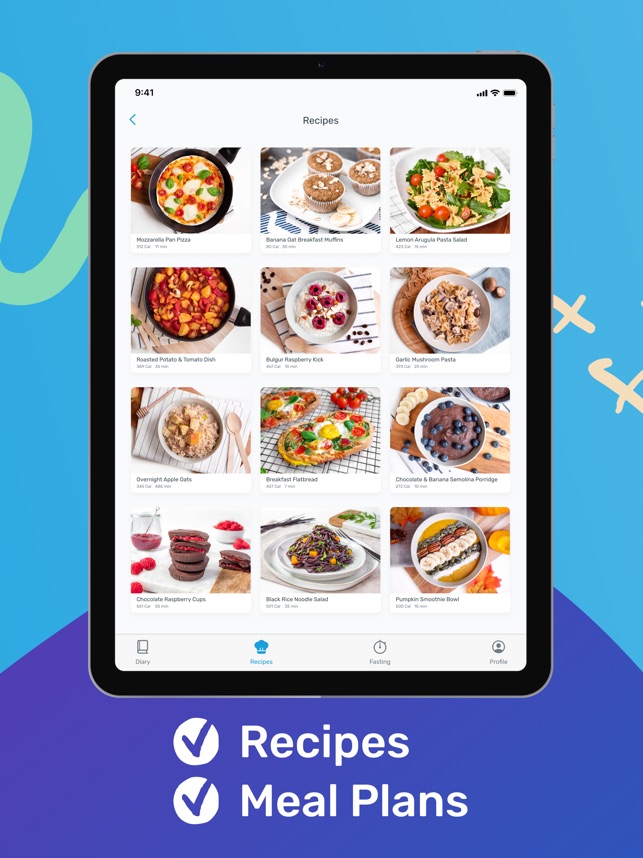
YAZIO
Calorie/macro tracking with coaching programs (high-protein, low-carb, fasting), recipe packs, and clean design. Popular in Europe with frequent discounts for PRO.
- Advantages: Clear macros; recipe catalog; fasting support; good for meal prepping.
- Drawbacks: Some foods less localized outside EU; advanced plans are PRO-only.
- Pricing: PRO frequently discounted; App Store shows examples like 12-month options from ~$23.90 depending on region and promo.
WeightWatchers (WW) App
https://www.weightwatchers.com/us/plans
Points-based system with barcode scanning, recipes, restaurants database, and progress tracking—plus optional workshops or clinician-supported plans. A strong pick if you want a proven program and community with simple guidelines versus counting every macro.
- Advantages: Structured plan; community & workshops; restaurant guidance; clinician-supported options.
- Drawbacks: Less granular nutrient data than Cronometer or MyNetDiary; ongoing monthly fee.
- Pricing: Common plan baseline $23/month (promos often lower for first months).
How to Pick the Right App
If you want speed: Lose It!, MyFitnessPal, MyNetDiary.
If you want nutrient depth: Cronometer.
If you want behavior coaching: Noom.
If you’re all-in on wearables: Fitbit Premium.
If you want meal plans built in: Lifesum or YAZIO.
If you prefer a full program: WW.
Whichever you choose, set a daily logging “appointment” (2–3 minutes after each meal or one batch log at night). Pair the app with a consistent weigh-in schedule and a realistic calorie target, and your results compound.
Conclusion
Weight loss tracking apps work because they improve awareness, reduce friction, and provide timely feedback. Choose the app that fits your personality and budget, start with the free tier, and only upgrade if the premium tools measurably increase your consistency. With a week of honest logging, you’ll know if the app is the right fit—then ride the momentum.
Medical Reminder: Always consult your doctor or healthcare provider before making major changes to your eating habits, exercise routine, or lifestyle. This article is not a substitute for professional medical advice.
Trimmed&Toned Team.

